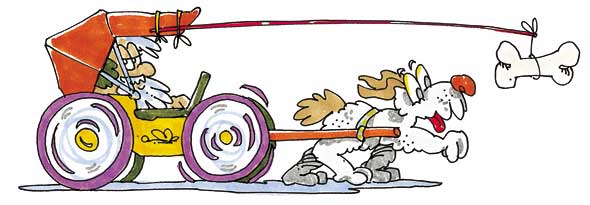
The Open Strings D and G

This D note is played on the open third string. It is written in the space just below the staff.

This G note is played on the open fourth string. It is written under the second ledger line below the staff.

This is similar to the previous exercise and uses the open D and G strings. Once again, listen carefully as you play and aim for a strong, even tone.


The Whole Rest

A black box hanging under a line is called a whole rest. It means there are four beats of silence.

Practicing whole notes is very good for developing your tone. Every second bar here contains a whole rest to give you time to prepare for the next note. All four open strings are used in this exercise.

Remember to lower your bowing arm slightly when moving from a lower string to a higher string (e.g., open G to open D) and raise the arm slightly when moving from a higher string to a lower string (e.g., open E to open A). Work on this with your teacher.


Now try playing two whole notes on each string with alternating bow strokes. Once again, aim for a full, singing tone.



Here is another exercise to help you get better at crossing between strings. As before, alternate your bow strokes.
